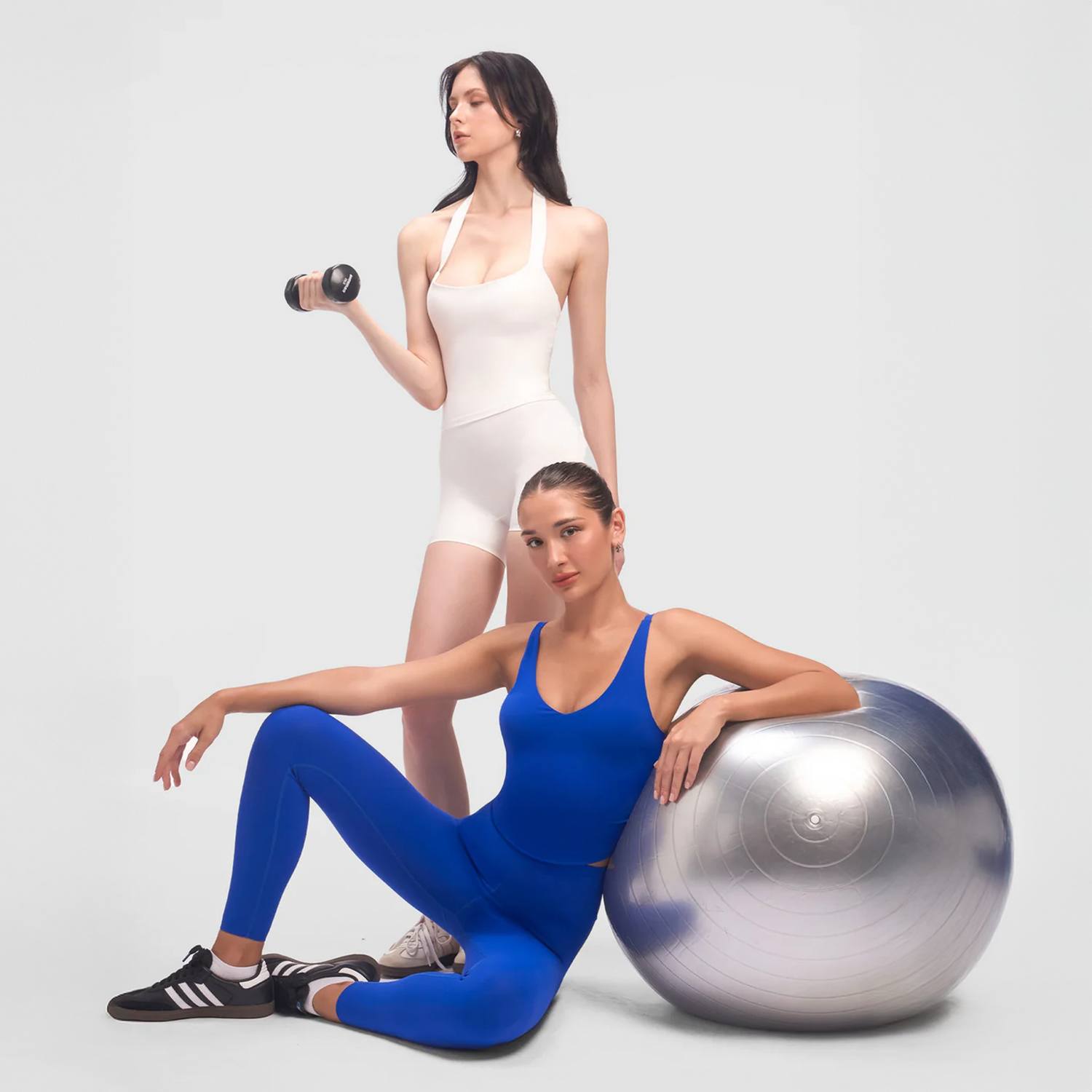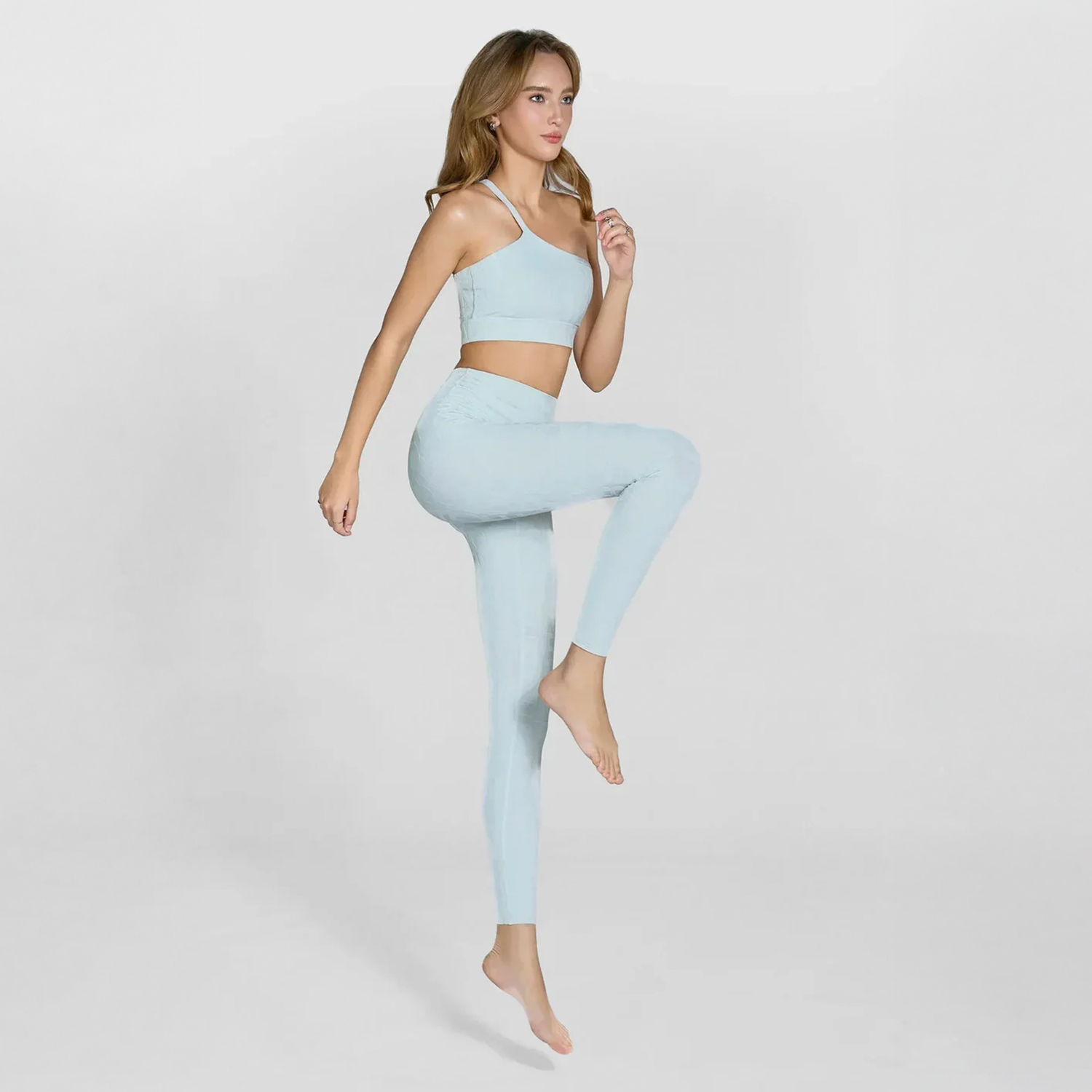The forearm plank may look simple, but it’s one of the most effective full-body exercises you can do anywhere. By supporting your body weight on your forearms and toes, this plank variation builds incredible core strength, tones your arms and legs, and improves your posture—all without putting pressure on your wrists.
Whether you’re new to fitness or already practice yoga regularly, mastering the forearm plank and its variations can transform your strength, balance, and endurance. Let’s jump in with Olaben to explore how you can perform this powerful pose and take your practice to the next level.
What Is a Forearm Plank?
The forearm plank (also known as Dolphin Plank Pose) is a modification of the traditional Plank Pose where you rest on your forearms instead of your hands. This small adjustment shifts the focus toward your core and shoulders while reducing wrist strain—making it an ideal option for beginners or those with wrist discomfort.

Key Benefits of the Forearm Plank
Incorporating the forearm plank into your regular routine offers more than just physical strength—it builds balance, awareness, and resilience from the inside out.
- Strengthens Your Core: Activates deep abdominal muscles to stabilize your body and support long-term spinal health.
- Engages the Whole Body: Works your shoulders, arms, glutes, thighs, and back for total-body toning in one simple pose.
- Improves Posture: Reinforces the muscles that keep your spine aligned, helping you stand taller and move with confidence.
- Boosts Balance & Control: Enhances coordination, stability, and endurance—beneficial for both yoga practice and daily life.
- Gentle on the Wrists: Offers all the strength-building benefits of a traditional plank while relieving pressure from your hands and wrists.
How to Do a Forearm Plank Step-by-Step
- Begin in a tabletop position, then lower your forearms to the mat.
- Align your elbows directly under your shoulders and keep your forearms parallel.
- Step your feet back, straightening your legs so your body forms a straight line from head to heels.
- Engage your core, glutes, and legs to hold the position.
- Keep your gaze slightly ahead of your hands to maintain a neutral spine.
- Hold for 30 seconds to 1 minute—or longer as you progress.
Beginner’s Tip: If you find it too challenging, drop your knees to the mat while keeping your core engaged. You can also place a block between your thighs to activate your legs and improve alignment.
The Anatomy of a Forearm Plank
A proper forearm plank engages nearly every muscle in your body:
- Core: Rectus abdominis, transverse abdominis, and obliques stabilize your spine.
- Shoulders & Arms: Deltoids and triceps maintain upper-body strength and alignment.
- Back: Erector spinae support posture and prevent sagging.
- Glutes & Legs: Gluteus maximus, quadriceps, and hamstrings help maintain a solid line from head to heels.
This synergy makes the forearm plank a total-body strength-builder that also improves balance and focus.

3 Effective Forearm Plank Variations
Once you’ve mastered the basic version, try these three powerful variations to challenge your muscles and keep your practice dynamic.
1. Traditional Forearm Plank
Perfect for: Beginners and anyone building foundational strength.
How to:
-
Set up as described above.
-
Keep your core tight and your body aligned.
-
Hold for as long as you can without losing form.
Avoid:
-
Letting your hips drop or rise too high.
- Shrugging your shoulders or straining your neck.
2. Forearm Plank With Leg Lift
Perfect for: Targeting glutes and improving core balance.
How to:
- Begin in your regular forearm plank.
-
Lift one leg off the floor, keeping it straight and parallel to the ground.
-
Hold briefly, then lower and switch sides.
Tips:
-
Keep your hips square and avoid twisting.
-
Move slowly and with control to maintain stability.
This variation intensifies your core engagement while activating your hamstrings and glutes—a great addition for runners and yogis alike.

3. Forearm Plank With Arm Reach
Perfect for: Building upper-body and shoulder stability.
How to:
-
Start in your forearm plank.
-
Extend one arm straight ahead, palm down, and keep your hips level.
-
Return your arm and switch sides.
Form Check:
-
Engage your abs to prevent your torso from rotating.
-
Keep your shoulders down and away from your ears.
This version improves shoulder endurance and balance, making it an excellent choice for athletes or advanced practitioners.

Final Thoughts
The forearm plank is a small movement with powerful results. It builds a stronger, more stable body while improving posture, focus, and confidence. By exploring variations like the leg lift and arm reach, you’ll not only challenge your muscles but also keep your workouts engaging and effective.
Start with a few seconds today—progress comes with consistency. Over time, you’ll notice not just physical strength but also a deeper sense of balance and presence in your practice.















